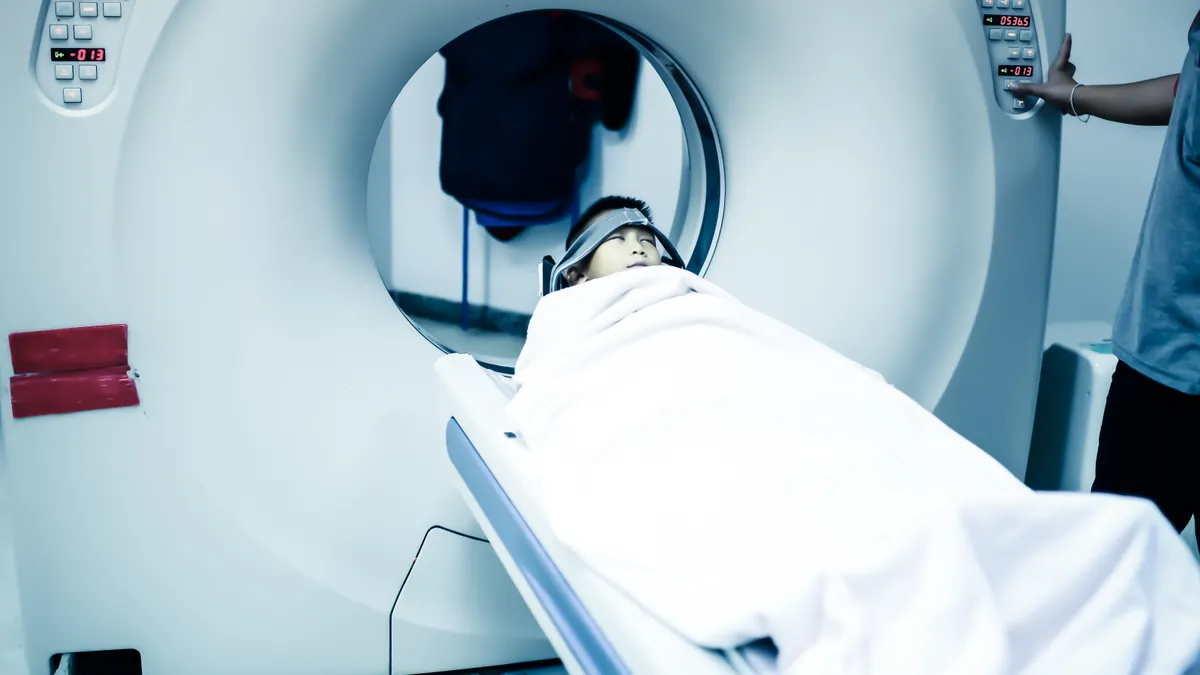UPDATE: Sept. 3, 2019: FDA announced last week it is extending the comment period on its magnetic resonance safety draft guidance after receiving a request for additional time to develop and submit feedback to the agency. The new deadline for comments is Oct. 31, 2019.
Dive Brief:
- FDA on Friday released draft guidance on testing to assess the safety and compatibility of medical devices in the magnetic resonance environment. The recommendations also address the format for magnetic resonance imaging safety information in medical device labeling.
- When finalized, the guidance will replace FDA’s 2014 guidance document “Establishing Safety and Compatibility of Passive Implants in the Magnetic Resonance (MR) Environment.”
- FDA will accept comments on the guidance until Oct. 1.
Dive Insight:
The MRI environment is tightly controlled: It can be dangerous for patients who have metals, including those used in some medical devices, in or attached to their bodies.
Pacemakers, neurostimulators, insulin pumps, artificial heart valves and cochlear implants are among the devices that can pose risks, and device makers are designing versions that are MRI-compatible. For example, Cochlear Limited in June received FDA approval for its implant with a behind-the-ear sound processor designed for safe access to magnetic resonance imaging scans without requiring a head wrap or removal of the device's internal magnet.
A study last year by Vizient showed a rapid uptake of MRI compatible heart devices in recent years. Almost 70% of pacemakers implanted in 2018 were MRI-compatible, up from just 12% in 2016. More than 48% of cardiac defibrillators were compatible with the imaging equipment in 2018, compared to only 2% in 2016.
FDA’s guidance applies to all implanted and external medical devices that are fastened to the patient or intended to enter the MR environment. The recommendations cover MR safety and compatibility assessments and labeling information that should be included in premarket submissions, FDA said.
Ensuring safety and effectiveness for devices intended to enter the MR environment should be part of risk management and should incorporate appropriate testing and analyses as well as scientific rationale, the agency said. A device should be assessed for each magnetic field strength, such as 1.5 T and 3.0 T, to which the medical device may be exposed.
Electrically active medical devices should be designated either MR Conditional or MR Unsafe. MRI safety labeling should include information for both patients and healthcare providers.
For implanted and external medical devices that are fastened to or carried by a patient, the agency recommends device makers provide patients with a medical device card.










